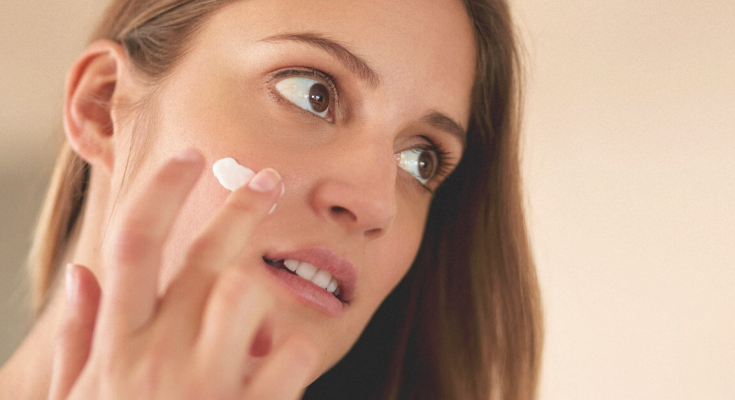Acne breakouts are common among teenagers, and not only will it leave your skin looking rough and patchy, but they can also leave scars after the breakout. Acne scars can persist until adulthood, so if you’ve had a rough case of acne during your puberty years, chances are your scars are still present as well.
You might want to consider getting acne scar removal in Singapore. There are cases where acne scars can disappear through time, however there are often scars that are just too stubborn to fade away. Although waiting for Father Time to get rid of your acne scars is always a decent option, it can take a while, maybe months or even years for your acne scars to fully disappear. Acne scar removal treatments can expedite this process and let you enjoy your days without worry of anyone seeing your acne scarring.
Acne scars are the bane of everyone who’s had acne in their lives. Just when you think your bout with your skin acne is over, they leave behind scars as a memory of what you’ve just been through. Although scars no longer hurt compared to the acne themselves, they still don’t look attractive at all and can be detrimental for your self-esteem and confidence. This is why it is quite important that you consider acne scar removal treatments to get rid of your scars.
Why do acne scars even show up?
One reason why some people have acne scars while others don’t is purely due to luck, or to be more specific, genetics. Of course, we can’t choose our parents and their genes, but there’s still a small chance that you win the genetic lottery and end up with having no acne scars due to a specific combination of the genes you get from your parents.
There’s also the fact that we are getting older all the time. In the case of your skin, it means it doesn’t produce as much collagen as before. Collagen is one the most important proteins in the body as it works to preserve the structure of the skin. As we grow older, collagen production is lessened and things like wrinkles and in our case, acne scars, show up more prominently than when we were younger. Collagen also has a big role to play during our skin’s healing process, and during the repair your body may produce too little or too much collagen which results in a scar.
Anyone who’s had a breakout of acne can have temporary or permanent acne scars, but the most commonly affected are those who’ve had pimple breakouts that result in inflammation of the skin.
Are there different types of acne scars?
Scars are an unwanted result of the skin’s natural healing process. Every person’s skin can heal acne and other skin issues in different ways, which can result in varying appearances for the resulting scars. The type of acne can also influence which type of acne scar shows up.
Some of the different types of acne scars are the following:
- Boxcar scars
This type of acne scar is usually a result of widespread acne or chickenpox, which is characterized by deep, broad depressions, which look like small boxes and have edges that are sharply defined. Boxcar scars are usually found on the jaw and lower cheeks where there is relatively thick skin.
- Icepick scars
These acne scars are deep, small depressions and are common on the cheeks. These are usually some of the hardest acne scars to treat due to their depth and may require continuous treatment sessions.
- Rolling scars
This is the most common type of acne scar, characterized by wide, shallow depressions with slanting edges giving them a wavy, rolling appearance. This can be caused by most types of acne.
- Hypertrophic scars and keloids
Unlike the scars mentioned above, hypertrophic scars and keloids are characterized by raised bumps of scar tissue. This is usually caused by having too much collagen, causing the area to “overheal” and create a raised scar bump. This can also be caused by a buildup of scar tissue from previous scars on the same area. These types of scars are usually more common on people with darker complexions.
How are acne scars removed?
The type of treatment used to remove acne scars depends on whether the scar is atrophic (depression) or hypertrophic (raised).
- Atrophic scar removal
To remove atrophic scars, dermatologists would usually employ a two-stage process. In the first stage of treatment, the goal is to reduce the depth of the scars to flatten and even out the surface of the skin. There are different surgical and noninvasive options for stage 1 treatment, such as chemical peels, dermabrasion, fillers, Picomaxlaser therapy and excisions. At the end of stage 1 treatments, there are usually some discolorations on the skin. This is where the stage 2 treatments are done, whose goal is to remove or reduce any skin discolorations. Some options for stage 2 treatments are chemical peels, laser treatments and increased sun protection.
- Hypertrophic scar removal
For hypertrophic or keloid scars, the acne removal treatments available include the following:
- Surgical removal – The excess scar tissue is surgically removed through excision and the resulting wound is allowed to heal for a while. This can cause a new scar to form but is usually worth it since the resulting scar is not as big as the original one.
- Corticosteroid injections – Injecting corticosteroids into the acne scar will soften the scar tissue which also reduces the height of the scar. Multiple injections spaced about a few weeks apart are usually needed to be able to completely remove the original scar.
- Picomax Laser treatment–Special laser therapy can target the scar tissue underneath the skin while keeping the outer skin layer unharmed.The destroyed scar tissue is then slowly removed through the body’s natural healing process, resulting in a less prominent appearance. Laser treatments are often great choices for acne scar removal due to the noninvasive process and the quick recovery period.
Ozhean Zoey Medical & Aesthetic Clinic
#04-10 Triple One Somerset
111 Somerset Road
Singapore 238164
+65 6235 4534




